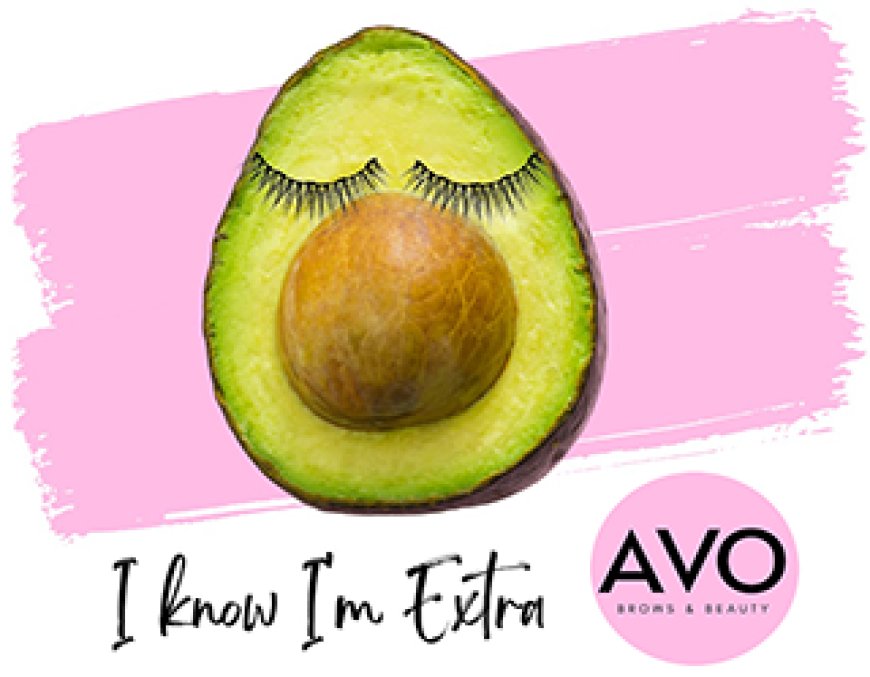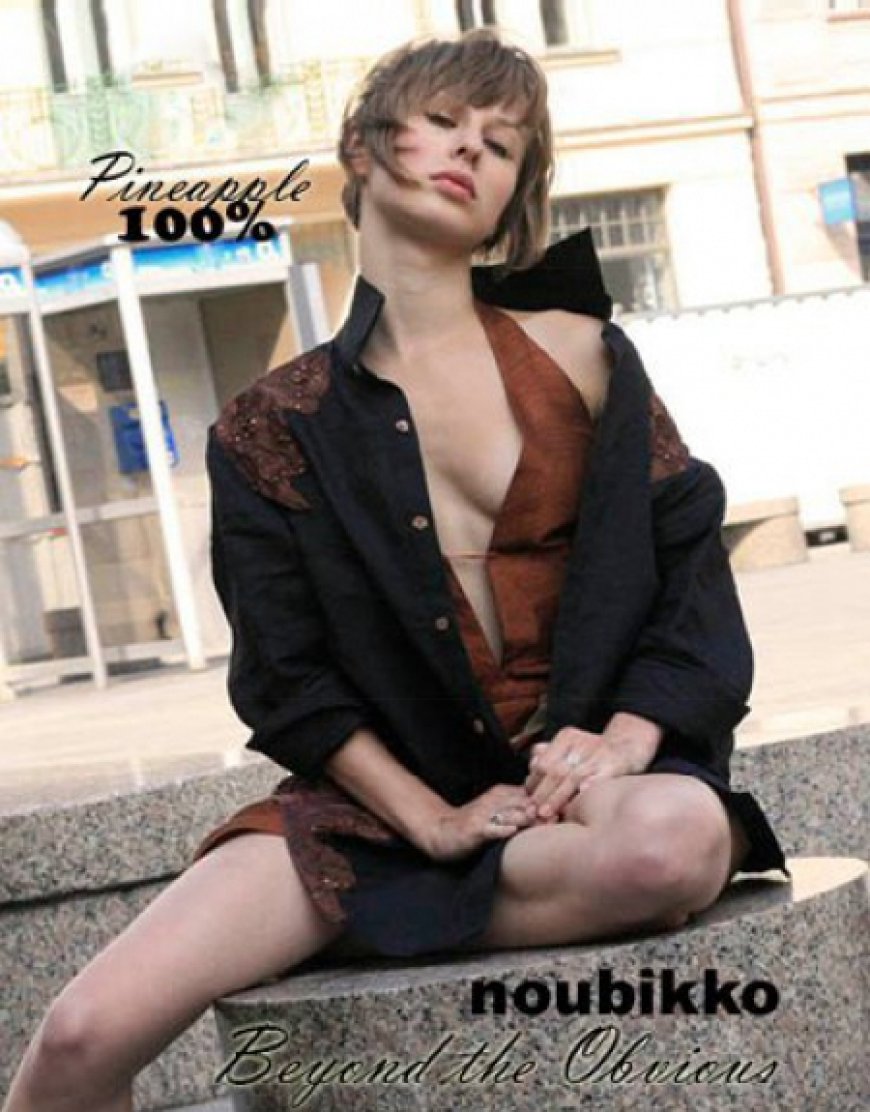Lawmaker Presses Loro Piana on Reports of Exploiting Indigenous Workers in Peru
U.S. World Business Arts Lifestyle Opinion Audio Games Cooking Wirecutter The Athletic You have a preview view of this article while we are checking your access. When we have confirmed access, the full article content will load. A freshman congressman is demanding answers from the fashion house Loro Piana, which sources wool from his native […]


You have a preview view of this article while we are checking your access. When we have confirmed access, the full article content will load.
A freshman congressman is demanding answers from the fashion house Loro Piana, which sources wool from his native Peru and faces accusations of exploiting workers there.

A $9,000 designer sweater made out of the ultrarare fur of a South American animal called a vicuña is not exactly a typical area of focus for a member of the U.S. Congress.
But when Representative Robert Garcia, a first-term California Democrat and the first Peruvian-born person to serve in the House, saw reports that the luxury design house Loro Piana was not fairly compensating Indigenous workers in Peru who source the rare wool in some of its priciest knit clothing, he decided to use his position to make some noise.
“As the first Peruvian American member of Congress and co-chair of the Congressional Peru Caucus, I write regarding concerning reports about the sourcing of vicuña wool by Loro Piana, a subsidiary of LVMH Moët Hennessy Louis Vuitton,” he wrote to company executives last month.
He demanded that the fashion house — whose products including shirts, scarves and coats can cost anywhere from $500 to $30,000 — explain how it could raise its prices so steeply while steadily reducing the amount it was paying the people who harvest the raw materials for it.
“While Loro Piana’s prices have increased, the price per kilo for fibers paid to the Lucanas community has fallen by one-third in just over a decade; and the villages’ revenue from the vicuña has fallen 80 percent,” Mr. Garcia wrote.
Image















